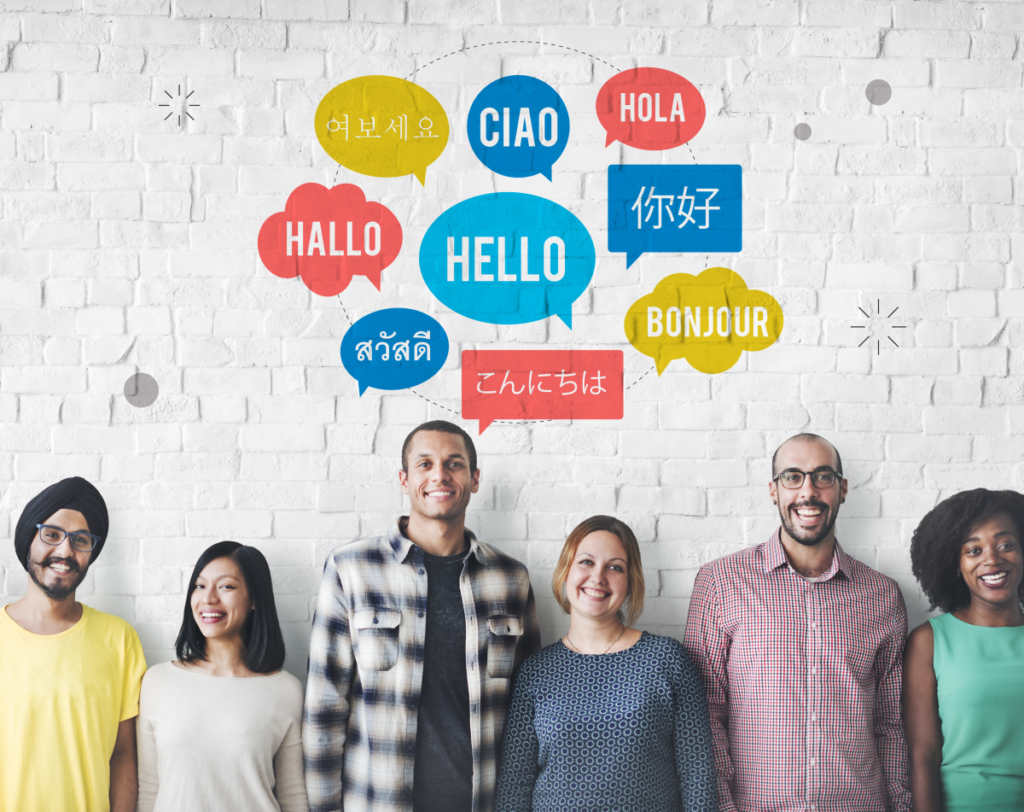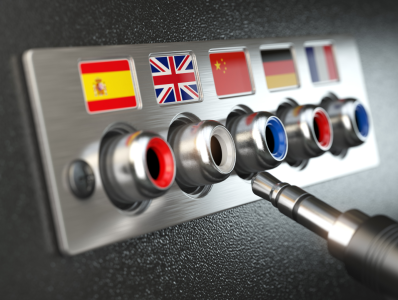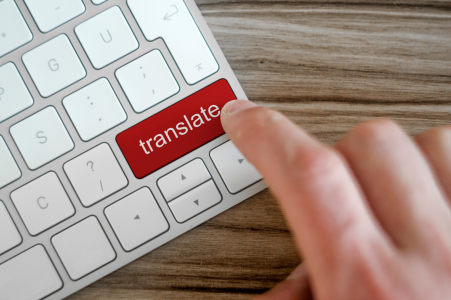Language connects the world.
In a time when companies continue to expand across borders and the global marketplace becomes increasingly more accessible for businesses of all sizes, reaching international audiences requires a few extra steps in your marketing plan if you don’t want your business to get lost in translation. Multilingual marketing is a reality for many companies and is something that needs to be seriously considered if you want to reach, and be trusted by, a global customer base.
Why Market in Local Languages
Marketing in the correct language for your target audience will not only help your company gain a competitive edge, but will also help your business grow by improving brand awareness and your reputation across global markets.
A multilingual marketing approach not only includes maintaining the goal of the original message, but also helps to convey it in a way that is acceptable to the local audience. It’s not just about translating text; it is also about taking into account cultural differences and adjusting accordingly. Expanding your business from English-only to regional, multilingual strategies can bridge the gap between your company and global customers.
Marketing in the language of the region you’re targeting fosters trust and authenticity. It shows your audience that you’re making an effort to understand and connect with them.

How to Create a Multilingual Marketing Strategy
Like everything else in marketing, it all starts with a strategy. Here are some important things to consider when building a multilingual marketing strategy.
Step 1: Identify Target Audience Language
Conducting thorough research to identify your target market in various regions involves reviewing your website analytics, customer surveys, and market research that can all help your company secure the best ROI for your time. These methods can help you prioritize which languages are most preferred, allowing your team to acquire the resources that can support these specific language needs. Identifying the preferences, behaviors, and cultural differences of your target audiences allows you to practice cultural sensitivity and avoid any linguistic obstacles.
Other times, laws in your target region can give a clear direction on what language is required for marketing materials. For example, if you’re marketing to or within Quebec, Canada, you’re required to do so in French, even if the rest of Canada also recognizes English as an official language of equal weight.
Step 2: Keep Localization in Mind
Taking a step beyond translation can go a long way in the eyes of your global target audience. Localization aims to ensure your company messaging feels more authentic and relevant to each target region. Utilizing cultural sensitivities, imagery, and expressions helps ensure your company’s communications resonates while fostering local connections and boosting engagement.
Taking into account preferences of dress in images, sensitivities to colors, local holidays when posting materials or holding events and other such details are important to remember as well as language details.
Step 3: Correct Translation is Essential
A multilingual marketing strategy strives to break down the language barriers and create a more personalized experience for global audiences. Everything needs to be adapted to ensure your company’s messaging aligns with the local language and cultural contexts of your target audience. However, simply using Google Translate will not get the job done. It is important that whoever is translating your content understands the culture, traditions and locales of the country in order for translations to be done correctly and have the intent of your material understood.
Using a native-speaking translation professional is the best way to get your point across correctly. There are also various tools and technologies designed to facilitate the translation and localization process. Machine Translation (MT) is becoming more popular for rapidly creating multilingual content at a reduced cost; however they do not ensure localization and linguistic accuracy. Computer-Assisted Translation (CAT) and Translation Management Systems (TMS) allow for seamless collaboration with translators and content creators. By combining the speed of MT engines and the accuracy and consistency of CAT, growing businesses can streamline the translation process to deliver high-quality multilingual content more quickly and efficiently.


Benefits of Marketing in Multiple Languages
Regardless of the language, a primary goal of any company’s website is to rank highly in search engine results to drive organic traffic. By offering multilingual content, you can improve your website’s SEO and enhance your online visibility within your target region. Recognizing that keywords change from language to language is critical to preventing your company’s content from disappearing from searches. Creating unique keyword-rich titles as well as separate URLs for your website can offer a better user experience to your target audience. Having the right SEO strategy will affect the structure of every other content produced and make it easier to adapt your company’s core message across all languages.
But don’t forget about your printed and in-person materials as well as the digital ones. Showing up to a tradeshow with a booth stocked with datasheets, product demonstrations and personnel using the wrong language and you will likely lead to little success in meeting customers.
There are a variety of benefits associated with multilingual marketing:
- Expanding your market share
- Reaching native speakers in a better way
- Forming trust with consumers of that market
- Attaining a competitive edge over other companies that don’t employ multilingual marketing
- Driving more traffic to your website
- Ability to increase online sales
- Improved brand visibility
Multi-language marketing might make the planning and creation phases longer, but the implementation and ROI of your efforts should make the time worth it. Customers should appreciate the authenticity of your brand by making these efforts, increasing their trust in you and leading them to seek you out as voices of authority and knowledge.
